Science & SkepticismCause or Affected
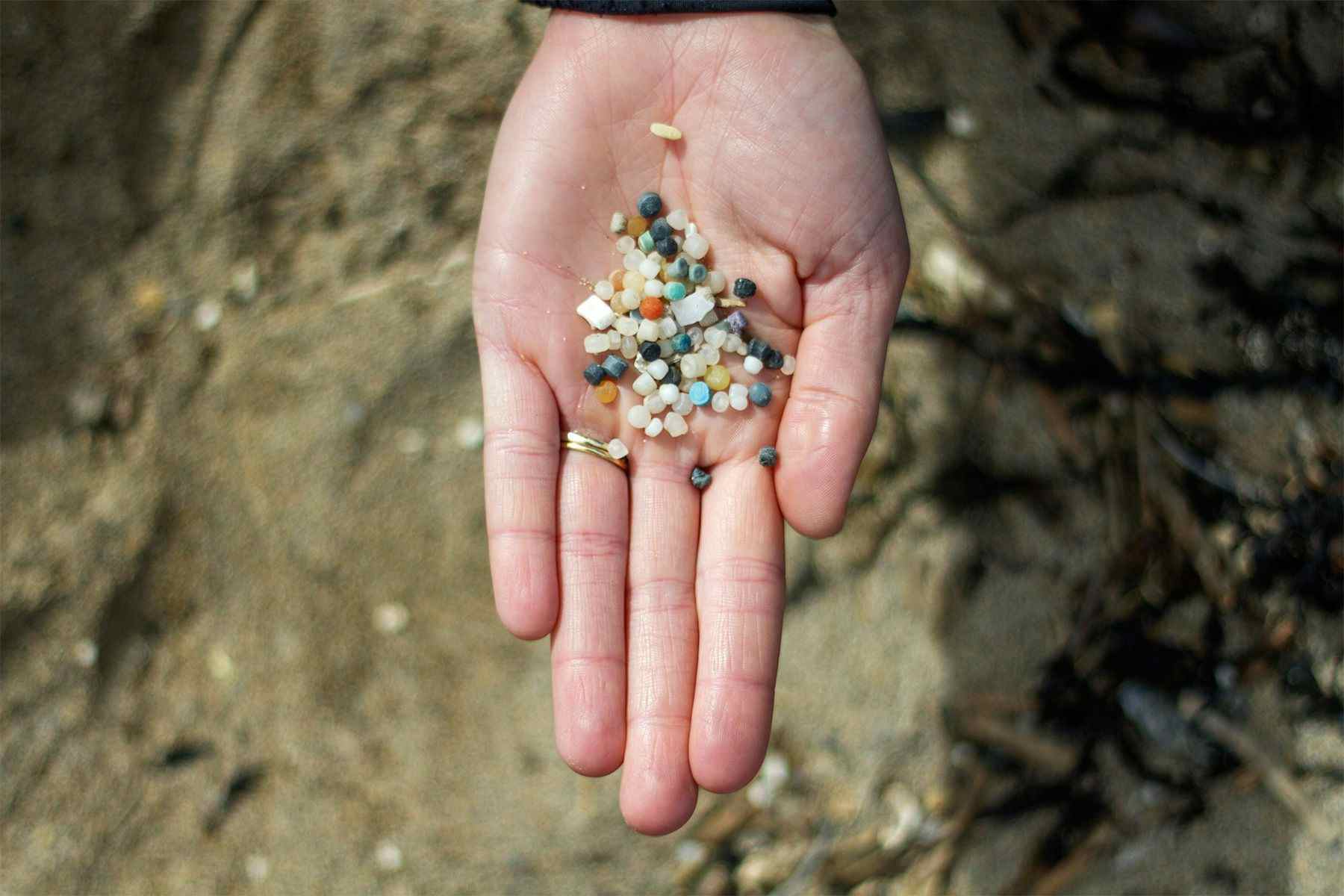
A Study into The Effects of Coastal Tourism on Microplastic Levels on Argentina’s Sandy Beaches
As regular 21st-century beachgoers, surfers can’t not be aware of plastic pollution. This increasingly present and always-unpleasant sight is the most prevalent form of beach litter worldwide and, according to the Organisation for Economic Co-operation and Development (OECD), is on track to triple over the next 40 years. Beyond aesthetic nuisance, the breakdown of large plastic debris (caused mainly by the sun's ultraviolet light) into smaller, barely-visible or invisible particles called microplastics (MPs), affects environmental health and ecosystem functioning. As for the economic ramifications, having sea and sand littered with plastic has a huge impact on tourism, fishing, and seafood consumption in coastal areas.
Reaching for the root of the problem, scientists have tried to determine the sources, accumulation areas, and concentrations of plastic pollution on both global and local scales. Some studies have shown that sandy beaches with high tourist activity experience significant debris accumulation, with plastic being the most abundant type of litter; other research has explored the factors influencing the abundance and distribution of microplastics in these areas. Yet the impact of tourism and recreational activities such as surfing on these dynamics remains unexplored.
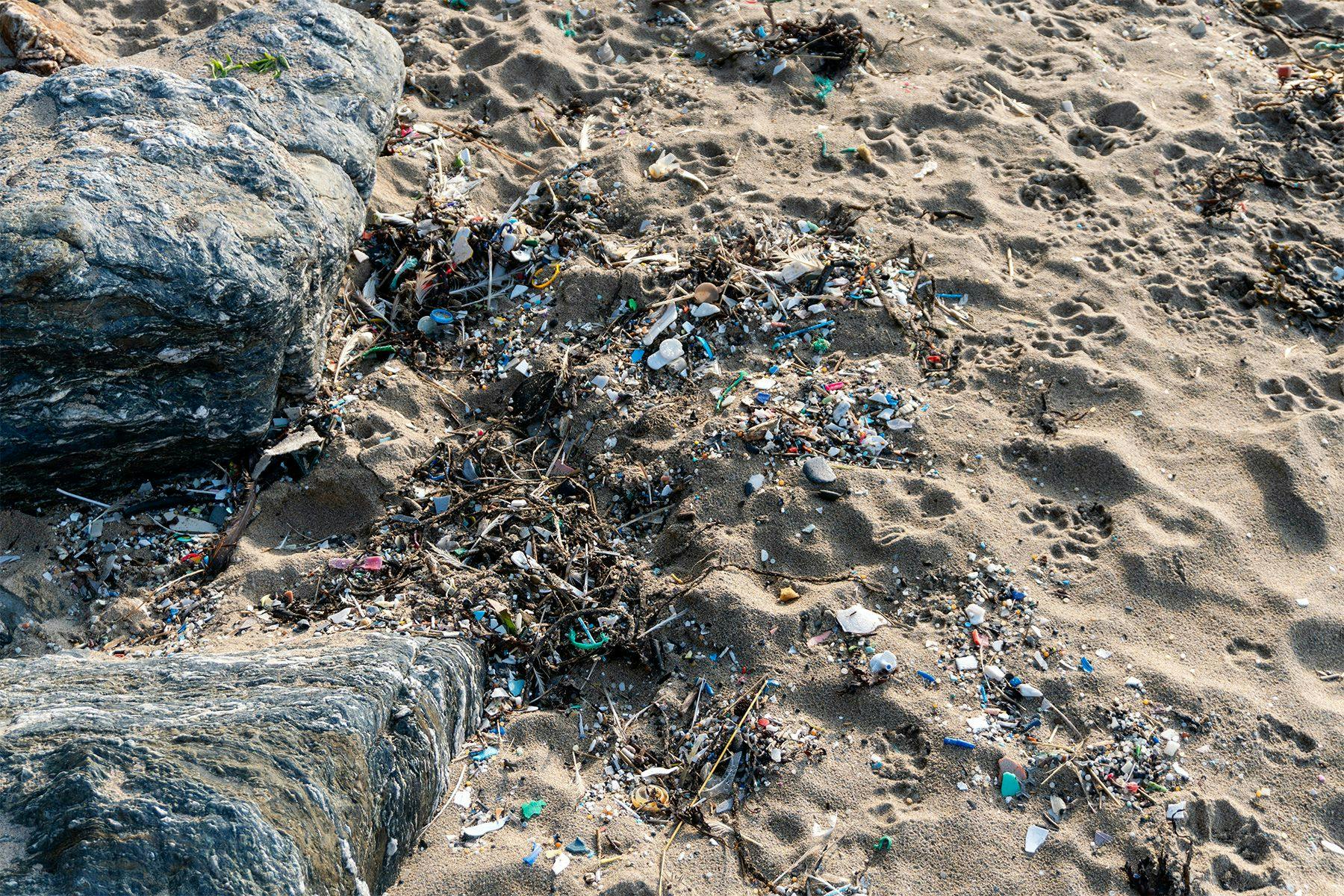
A recent study published on Science Direct zeroed in on this issue. The research aimed to assess the effect of tourism and recreational activities on microplastic (MP) accumulation in the surface sand and seawater of three beaches with similar morphodynamic characteristics but different tourism flow in the Buenos Aires province, Argentina. Samples were collected after the summer and Easter holidays during the Southern Hemisphere autumn (May, 2019). At each site, the sand sampling involved enclosing three 3 × 3 m quadrants using four stakes and a rope to delimit the area in the high, medium, and low intertidal sectors at approximately 20 m intervals. In the surf zone seawater, MP samples were collected manually using a floating Manta trawl net.
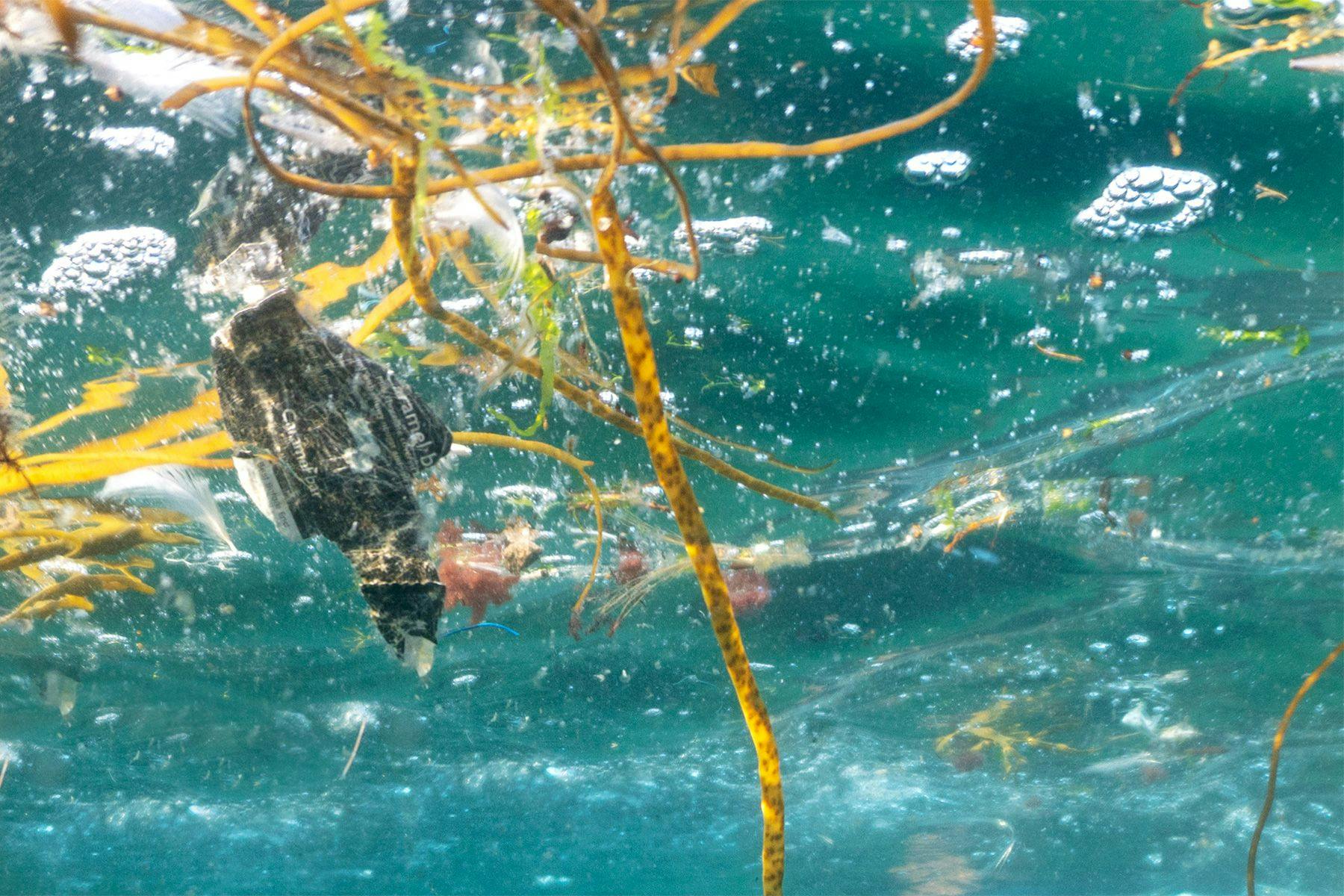
Results showed that all samples - of both surface sand and surf zone seawater - contained MPs, surpassing concentrations observed in similar sandy beaches worldwide using comparable methods. The shapes and sizes of these particles suggest they originate from various sources, with the most prevalent being fibres and films measuring less than 1 mm. This was in line with other studies which indicate that, through their release during home laundering via sewage effluents and/or sludge, microfibers are the most abundant form of MPs in coastal environments. But perhaps the most pertinent finding was concerning the fact that even beaches with low tourism impact had high MP levels. Based on this, the authors were able to surmise that plastic pollution cannot be solely attributed to tourism or recreational activities; instead, point sources such as river discharges in conjunction with littoral drift may play a significant role in the introduction of MPs onto the beaches. The study concluded by emphasising the need to monitor not only tourism and recreational activities but also other potential sources of MPs in a given area, as well as the urgent need to develop national strategies aimed at eliminating MP input from primary sources and mitigating their impact on the marine ecosystem.
Surf Simply caught up with Andrés Hugo Arias, one of the authors of the study, to get further insight into the research and the findings.

Where did the idea for the study come from?
As part of the scientific community, we have been putting out an alert about the pervasiveness and potentially toxic effects of plastics for about a decade; in recent years the evidence of impact on marine-coastal systems and their food webs has grown exponentially. In general terms, the information continues to be scarce for the global scale of the problem and, in particular, there are still large gaps in the information available for Argentina. As researchers of the anthropogenic impact on the sea and coasts, we are interested, among other things, in the transfer of pollutants from the continent to the ocean. Beaches are that unique transitional environment, and many times their state of "health" indirectly indicates the magnitude of the pollutant transport processes that are occurring. In particular, the beaches in the southwest of the province of Buenos Aires include various types of uses and impacts: we have very touristy sandy beaches and, in relatively short distances, beaches with practically zero anthropic impact. In this scenario, we wanted to test the effect of tourism on the record of microplastics on sandy beaches: is it a direct effect (more tourism, more plastics), or do the beaches reflect deeper transportation that is not so related to tourism?
In your opinion, what were the most surprising findings? And the main challenges you and the team faced?
What continues to surprise us the most is the omnipresence of plastic macroparticles and the decoupling of the number of microplastics from the “tourism” effect. In our study, in addition to finding them in both water and sediment on all the beaches studied, they were not directly related to tourist activity; that is to say, this does not imply that tourism is not a generator of waste with a possible impact on coasts and seas (in fact it is), but rather that the beaches are telling an underlying story: the record that it shows us is not directly related to tourists using the area but rather with other processes of continent-ocean transport that are occurring.
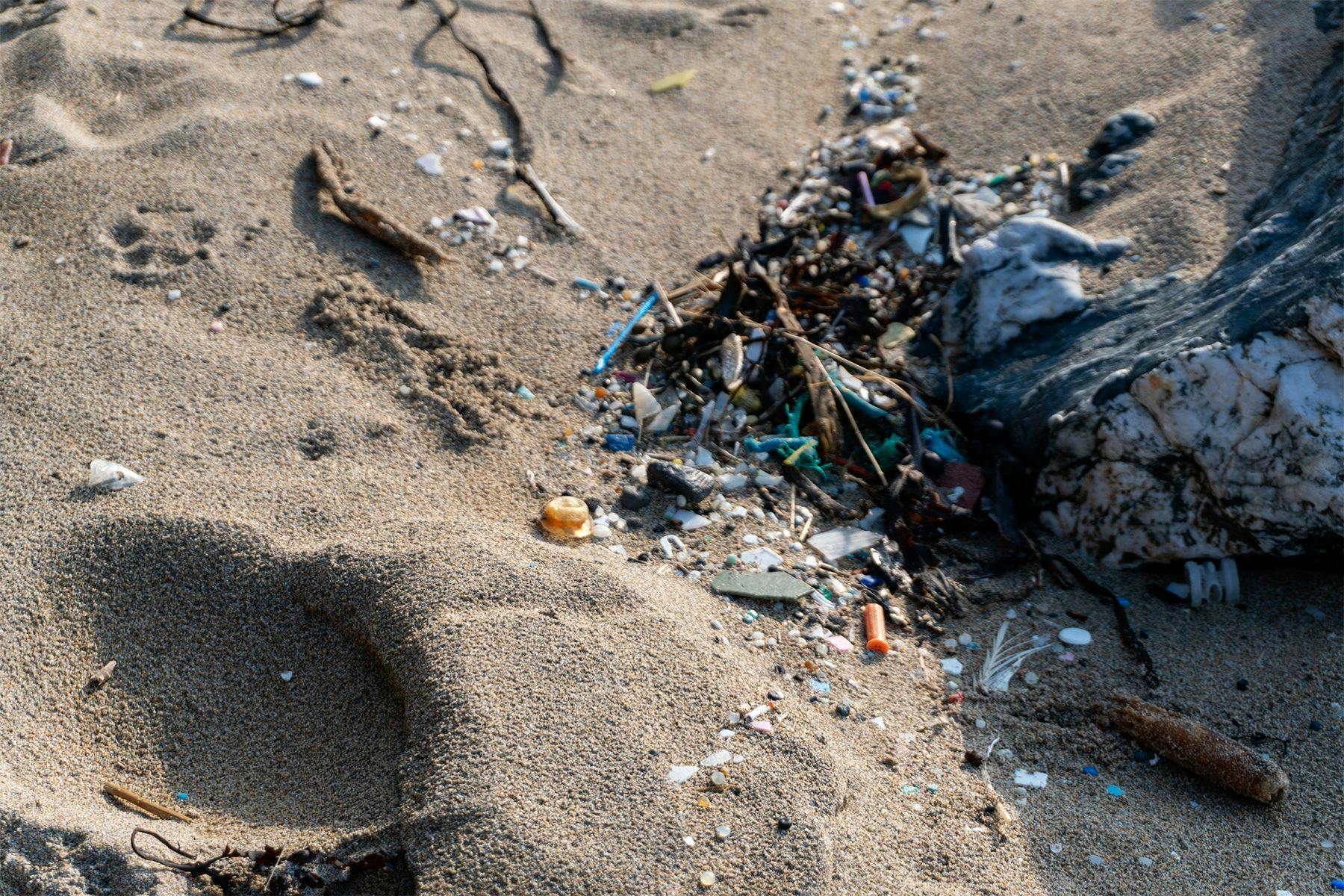
In the introduction you write: “Although tourism is beneficial for the sustainability of local communities, it may have detrimental socio-economic and environmental impacts. This is particularly true for beaches, which due to their attractiveness will host a far greater population during the tourist season.” This is an increasingly pertinent dilemma in surf tourism – balancing crowds and profits with environmental sustainability. From a plastic pollution perspective, what are some things you’d say tourism-dependent coastal communities should keep in mind to avoid such detrimental socio-economic and environmental impacts?
What must always be clear is that in any lucrative activity (that is, it generates profits and well-being) those profits are real in an equation where the environmental liabilities it generates are subtracted, and repairing and mitigating the consequences through various actions should be charged as costs. The most general thing is not to count these costs in the equation and in this way, the exploitation sites accumulate “environmental liabilities”. This is the case for many beaches and coastal communities that depend on tourism: accumulating environmental liabilities to their own future detriment. You have to be clear in the equation, constant and assertive with the community and users. Enjoying sustainably has a cost and that cost must be addressed by the community and translated into firm and defined actions. Then each community can define what to do and how to protect their resources and mitigate the effects of overpopulation in their area; for example: zero waste water policies, effluent treatment plants with low particle cut-off limits, zero waste policies on the shoreline, off-beach waste disposal and recycling policies, different cleanup strategies and collection etc.
You also mention that proximity to the mouth of a river, littoral drift, and other point sources was identified as the main sources of MPs in the examined beaches, which indicates that other sources besides local tourism play a major role in the input of MPs. I was wondering if you could comment on what can be done to manage/eliminate these sources and mitigate their impact on the marine environment.
Yes, indeed, and as a hypothesis, we find that our data reflects the access of microplastics by other routes that are uncoupled from the direct impact of tourism on the beach. For a few years we have identified that globally, rivers represent the majority of plastic contributions to the ocean, after passing through the most densely populated areas. Rivers normally collect all the wastewater from large cities: from the “washing” of their lands and irrigation channels to sewage effluents. Right near the beach with the least tourist impact, to the south, an arm of a large continental river flows. We suggest that the abundance and profile of microplastics found on this beach may have more to do with this type of input from "continental waters" than with local tourism.
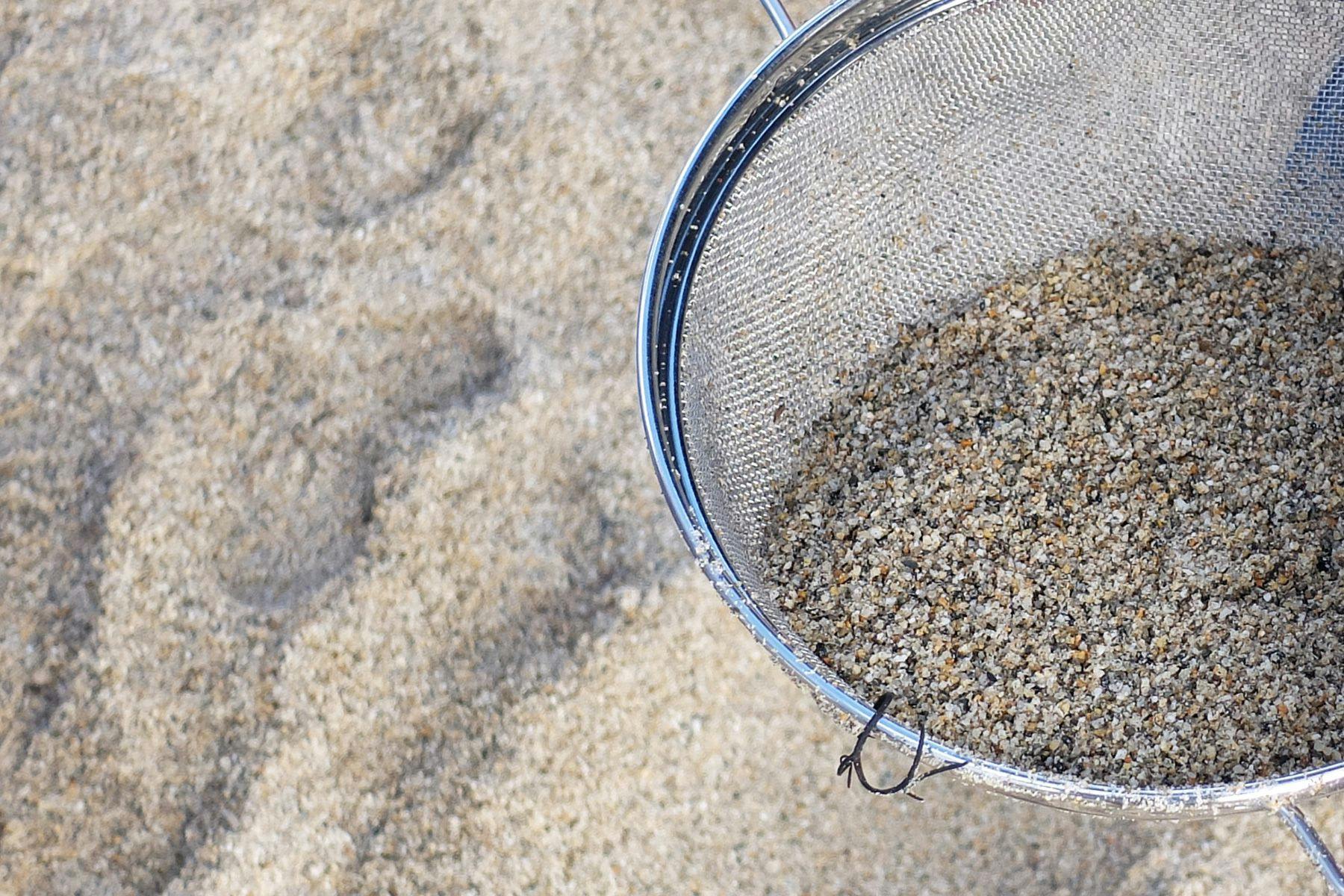
Could you please briefly run us through what a “day in the lab” was like – from the sand/seawater collection to analysis?
Samples are normally quickly transported to the laboratory under refrigeration. Once there, it is divided into different subsamples that will be used for different analyses: on the one hand, what particle size distribution does the sand or soil have (granulometry), on the other, what amount of organic matter it contains, and finally, the series of samples is analyzed for pollutants including plastics in their different size ranges. For this, it is necessary to treat the samples to “eliminate” the interferences (for example, biological material) and to isolate the plastics to be able to count and identify them. For its identification (what type of plastic is it?) we use different spectroscopic techniques such as Infrared spectroscopy or Raman spectroscopy. All this that I am telling you is a long process that normally takes several days and many hours in the laboratory.
One category of findings referred to the polymer composition, stating that “fibres and films predominated and were less than 1 mm in length. In the sand, the films mainly matched the PE polymer spectra and the fibres matched PET polymer, cotton, and indigo blue dye; in the seawater samples, PP films and PET fibres prevailed.” Could you please elaborate on how a better understanding of the types of microplastic can aid in the management of plastic pollution in a given region?
Since different polymers are used in different productive sectors, it is not possible to assign a type of product to an origin univocally. However, sometimes there are indications of what or where may be the origin of the majority of the microparticles present. For this reason, we study what types of plastic occur as well as their frequency. For example, a large part of beverage bottles and food packaging is made of PET; on the other hand, the combination of cotton fibres, PE and the appearance of the indigo blue dye is indicative of textile washing and domestic wastewater, possibly with little or no treatment.
Along the lines of the previous question… You also write: “The size of plastic particles will determine not only their behaviour in the environment but also their final fate, as the size range limits their potential impact on ecosystem biota. But plastic particle size can also inform about the origin source.” What could this mean in practice?
The different ranges of particles trigger a range of different effects on target organisms and at the same time determines the biological group in which they primarily exert their ecotoxicological effects. For example, plastic microfibers up to 50 microns may not have physical consequences in large marine mammals, however, they can suffocate small organisms such as zooplankton, altering the food chain of the system. On the other hand, large elements (macro and mega-plastics) can cause suffocation, slow digestion, starvation, etc. primarily in fish, cetaceans and larger organisms. On the other hand, the particle size can inform about the origin of the contamination: it is known that large products such as bottles, bags and different types of packaging can gradually fragment into smaller and smaller particles. A greater number of large particles (macro, mega) tells us about relatively recent inputs of plastic waste while a majority profile of microparticles is typical of effluents from treatment plants, untreated domestic effluents, and larger plastics weathered by lightning strikes. UV, temperatures and currents.
One finding that caught my attention was regarding the colours of MPs, and how there was a significant difference in the percentages found for transparent and blue particles, with the latter being more common in the sand. You wrote that this could be explained by detached synthetic fibres from tourists’ clothing, which could indicate a recent input of these particles onto the beach since most of the blue and black particles corresponded to fibres with an indigo blue or phthalocyanine spectra that are dyes associated with semi-synthetic textile fibres. Did you come across any subtle ways in which tourism affects microplastic levels?
There is a great impact on plastics in terms of fishing, on the one hand, something typical in tourist sites is small bags (PE) and trays (PET) with bait; on the other, fishing lines and tackle (commonly high-density PP). The instruction of each citizen in this sense is very important: this type of waste will not only generate microparticles for decades to come but also have the potential to cause suffocation of seabirds, entanglements, etc. Another associated effect has to do with the buoyant capacity of many plastics (densities lower than those of seawater): this type of object has the ability to be transported over very long distances with the potential to host biotic communities on them which have the potential to start biological invasions and imbalances in the biodiversity of the coasts.
Your research focused on beaches around Buenos Aires, Argentina, but other similar studies were conducted in different parts of the world, which underscores the fact that coastal regions, specifically those reliant on tourism, could benefit a lot from this kind of initiative. Based on your experience, what could communities and local government bodies interested in getting their heads around microplastic pollution do to get started?
Undoubtedly, there is much that can be done in coastal communities to mitigate the current rate of introduction of plastics, whether in the form of food waste, cigarette butts or fishing gear. The coast is a place of excellence for contact with nature and that undoubtedly helps to create awareness in each visitor. Understanding that today's waste is tomorrow's liability is an important step. However, the ultimate solution is beyond local or coastal communities and must come from global agreements and production scales. We must change the way we produce plastic, as well as the way we consume it. In this process, we must understand that "disposable" despite its low commercial cost, has a very high cost for the sustainability of our planet, including the oceans. It is in this type of cost where we clearly see that the potential for environmental liabilities is not included in the equation. If we take that unbalanced equation to a scale of global trade that produces around 400 million tons of virgin plastic per year, we see that the magnitude of the problem is enormous.
In your opinion, what are the role and responsibilities of ocean users like surfers in helping solve the marine plastic pollution issue? And in what ways can they help? Is there space for citizen science?
Undoubtedly, users of the ocean, surfers and sailors have a fundamental role in supporting initiatives to clean beaches and coasts, which, beyond the "cleaning" effect, are initiatives that generate citizen environmental awareness. The same goes for citizen science projects in which we commonly involve the inhabitants and users in helping to solve some parts of the scientific method such as observation, data collection, etc. The global exit from this labyrinth undoubtedly requires multiple solutions, many of which will come hand in hand with science (better plastics, better chemical traceability, standardized and innocuous additives, more recyclable and biodegradable plastics, etc.), management (initiatives to reduce and eliminate unnecessary plastics such as single-use plastics, straws, etc., recycling initiatives and tax exemptions for production with recycled feedstock, etc.), politics (municipal, regional, national agreements and laws and international treaties ), but without a doubt, the most important will be (from the bottom up) the enrollment of each citizen in the common cause that is to produce and consume our resources in a sustainable way. I think that every surfer and ocean lover has a lot to contribute there.
**********
The author and Surf Simply would like to thank Dr. Andrés Hugo Arias for his assistance with this article. Dr Arias is a researcher, UNEP consultant, member of the Directive Council of the Argentinean Institute of Oceanography (IADO-CONICET) and Teacher at the National South University (Argentina).